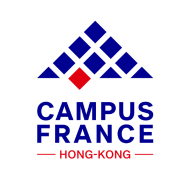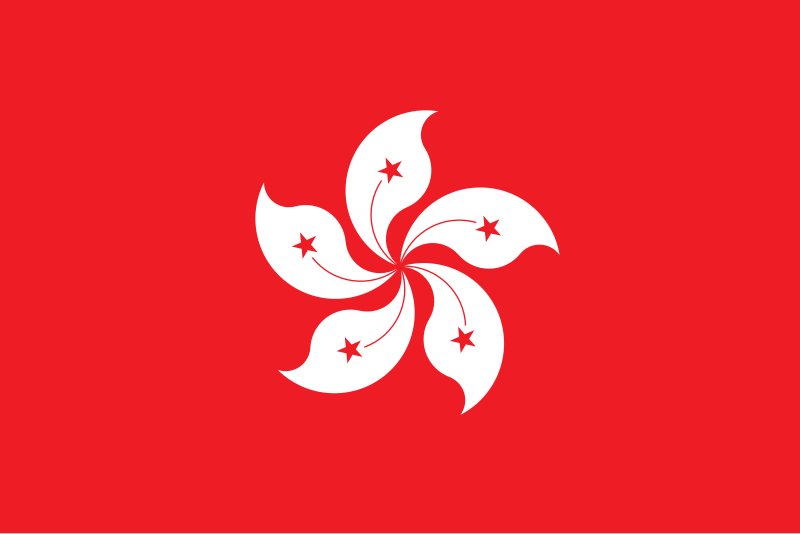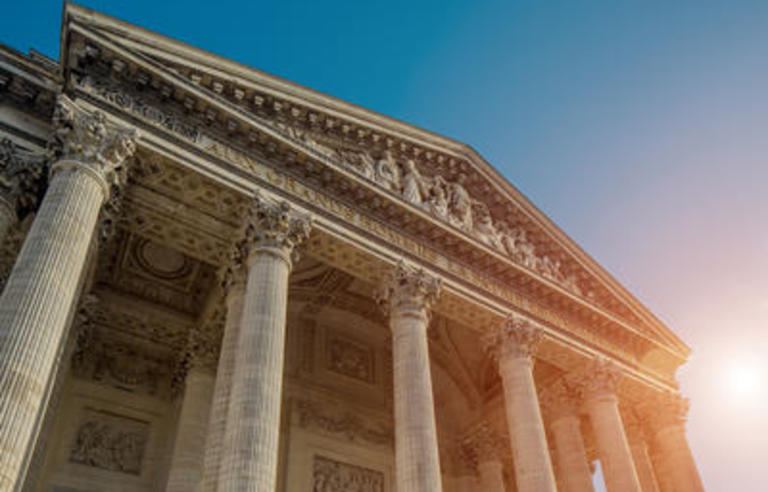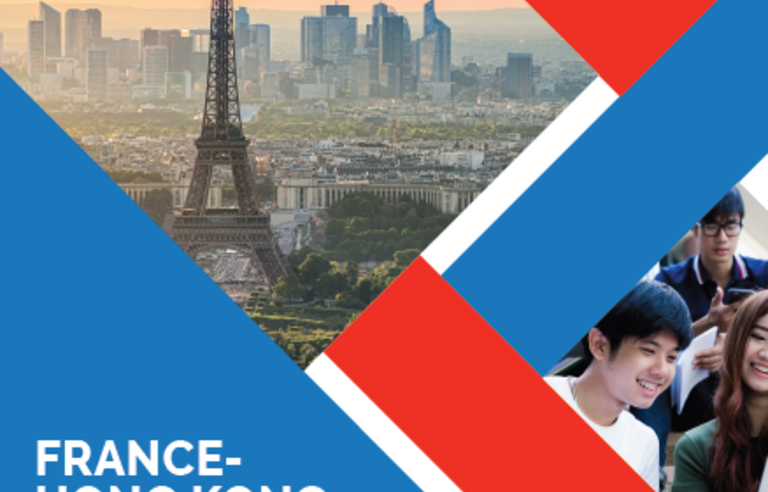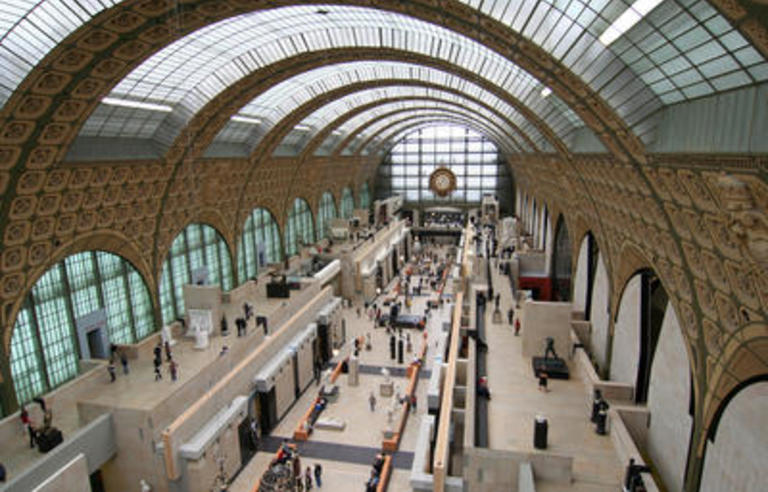Art & Design degrees in France

In this article, we will introduce the French higher education system in fine arts and applied arts. Let this reading inspire you!

Why study art in France?
France has long stood as a beacon of artistic excellence, blending centuries of heritage with a dynamic modern art scene. From Renaissance castle architecture to the birth of movements like impressionism, cubism or fauvism, art is woven into the nation’s cultural fabric.
France is also home to world-famous museums like the Musée du Louvre, Musée d’Orsay, Musée de l’Orangerie, offering student direct access to masterpieces, be it a student exchange programme to have a first taste of art, or a formal study related to art, design or art history.
French cities are also alive with street art, open studios, art galleries and festivals that celebrate everything from classical sculptures to avant-garde installations.
With its commitment to nurturing artistic talents and preserving cultural and artistic heritage, France continues to inspire and influence artists from around the world.
How are art degrees organised in France: public/private, fine arts/applied arts?
Like other fields of study, art and design schools in France offer undergraduate, master’s and PhD level programmes spanning three to five years that cover fine art, applied art, and other aspects of the art industry.
| Types of degree in public schools of art |
Degree types for fine arts |
Degree types for applied arts |
| Master | DNSEP: Diplôme national supérieur d’expression plastique | DSAA: Diplôme supérieur des arts appliqués |
| License (Undergraduate) | DNA: Diplôme national d’art | DNMADE: Diplôme national des métiers d’art et du design |
Both public and private schools have solid reputations around the world. They are all highly selective, and admission requires that candidates submit a portfolio and sit an examination.
44 public art schools are spread across various cities in France, each offering programmes in visual arts, design and communication. Overseen by the Ministry of Culture, these public schools of art host 11400 students every year (according to the Ministry of Culture); 12500 according to the ANDEA, the French federation of the public schools of art. It should also be noted that these 44 public art schools require students to have a minimum B2 to C1 French level.
To benefit from the formal art training in France, we recommend that prospective students learn French and go into these public schools of art.
A variety of famous schools are “private” in nature, so they do not bestow the above degrees to students. These private schools of art are affiliated with the Chambers of Commerce and Industry (CCI), and they award certificates and other diplomas, some of which are accredited by the National Directory of Professional Certifications (RNCP). Many of these programmes are taught in English!
What are the public schools of (fine) art in France?
Placed under the supervision of France’s Ministry of Culture, 45 art and design schools organise their own entrance examinations and deliver DNA or DNSEP degree of art according to the level of studies.
These schools can also be classified as national schools or territorial schools, meaning that the mode of funding either comes from the national government budget or the municipal budget.
One of the criteria that might be useful when it comes to choosing your public schools of art in France is to look at the available options (can be understood as specialization or concentration in English). In France, there are three options: option art, option design, and option communication.
Underneath this classification, you have what is called the mention (no equivalent English translation at the moment), but it roughly means the precise classification of your chosen concentration. For option art, it can include painting, sculpture, video making, photography, comics, whereas option design could contain the following mentions: product design, UX/UI design, graphic design, to name a few. Finally, you can concentrate on these subjects when you choose option communication: editing and publishing, interactive design (for websites, video games), etc.
Applied Arts
Applied arts bring together artistic creativity and practical function. They focus on designing and producing objects, spaces, and visuals that serve a real purpose while reflecting artistic expression. Fine arts, on the other hand, are more centered on personal research and creation for its own sake, exploring ideas, emotions, and aesthetics beyond direct functionality.
In France, applied arts education is mainly offered in public schools and specialized lycées. Students can obtain the national undergraduate degree DNMADE (Diplôme national des métiers d’art et du design), which combines general subjects such as art history, philosophy, and management with creative studio practice. At master level, the DSAA (Diplôme supérieur des arts appliqués) provides advanced training that deepens artistic, technical, and professional expertise in various applied arts disciplines.
In France, there are 7 public schools of applied arts:
- École Boulle – furniture and interior architecture
- École Estienne – graphic design and publishing arts
- École Duperré – fashion and textile design
- École Olivier de Serres (ENSAAMA) – interior and industrial design
- École supérieure des arts appliqués du textile (ESAAT) in Roubaix – the only art school in France that combines textile studies with artistic training
- Lycée La Martinière-Diderot in Lyon – programmes in design, spatial design, graphic design, fashion and textile design, product design, and event design
- Lycée Alain Colas in Nevers – DSAA specialisations in spatial design, graphic design, and product design
Together with many other lycées d’arts appliqués across the country, these institutions play an essential role in preparing future designers, artists, and creators who contribute to the cultural and economic vitality of France.
You need more information ?
- Campus Art : campusart
- Ministère de la Culture
- Andea, the Association nationale des écoles supérieure d’art. Founded in 1995, the Association gathers the directors of the above 44 public schools of art that are under the supervision of the Ministry of Culture.
- If you are interested in the specific trainings provided by these schools and would like to have a look at the interiors of these schools, visit their website: www.andea.fr
Write us an email to book an appointment or get information related to admission deadlines. Our email: campus-france.hong-kong-cslt@diplomatie.gouv.fr.
Glossary
DNA (n.m.) – Diplôme national d’art
- Undergraduate fine art degree in France
DNSEP (n.m.) – Diplôme national supérieur d’expression plastique
- Fine art master’s degree in France
DN MADE (n.m.) – Diplôme national des métiers d’art et du design
- Applied arts’ undergraduate degree in France
DSAA (n.m.) – Diplôme supérieur des arts appliqués
- Applied arts master’s degree in France
beaux-arts (n.m. pl. written in lowercase) – fine art, or fine arts
- Sketching, painting, sculpture, architecture, music, poetry, theatre, and dancing
Beaux-Arts (n.m. pl. written in uppercase) – Fine art schools in the European sense
- Like the Beaux-Arts de Paris
Arts plastiques (n.m.) – plastic arts
- The term “plastic” has an ancient Greek connotation to designate the arts related to sculpture, ceramics and architecture, because the materials could be modelled.

